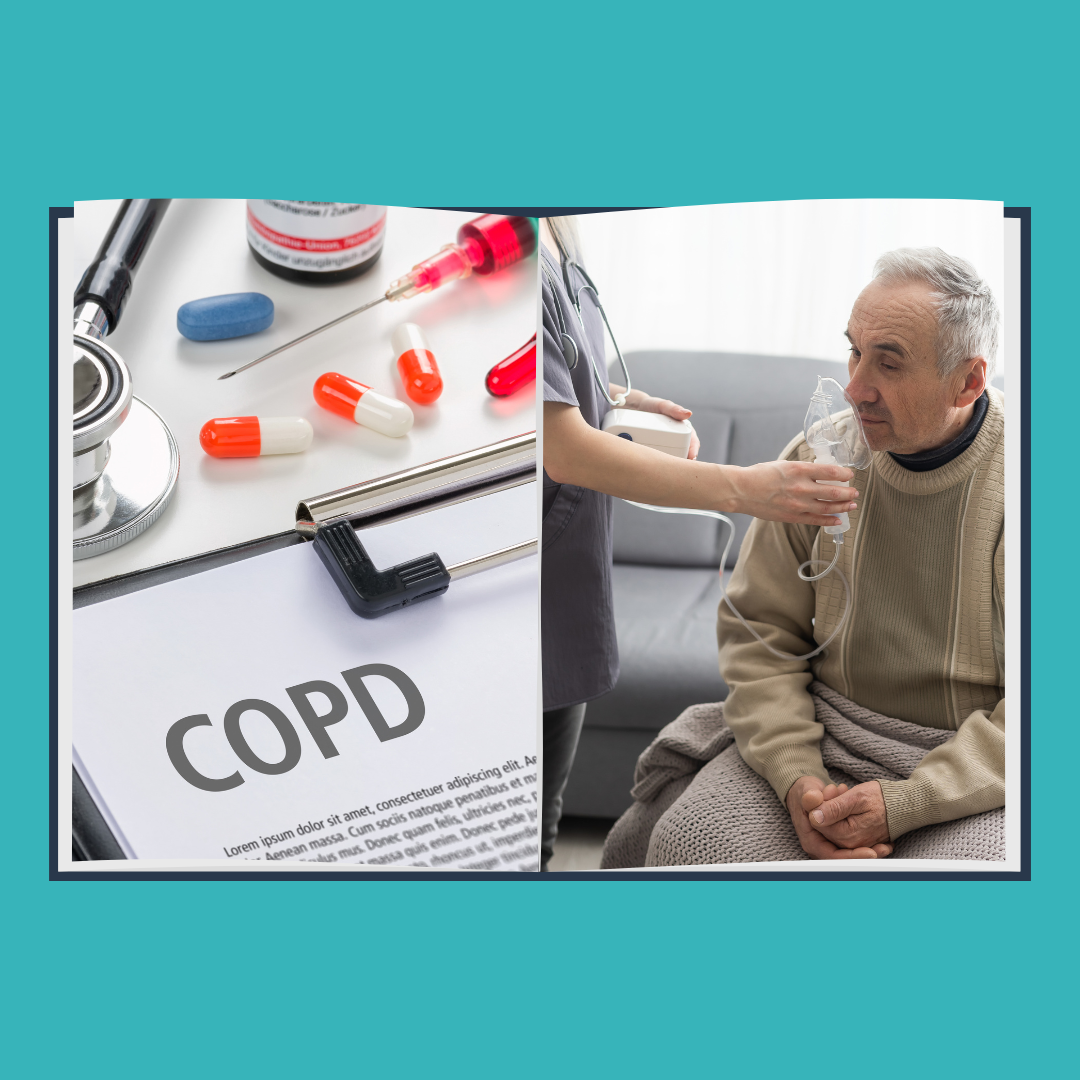New Paragraph
April 28, 2025
In-Home Care Myths Busted – What Families Should Know
In-home care is becoming a popular choice for seniors who want to maintain independence while receiving the support they need. Unfortunately, outdated ideas and common misconceptions can keep families from exploring this beneficial option. This article addresses ten of the most widespread myths about in-home care—and shares the real facts that every family should know.
🔍 Myth #1: In-home care is only for the very ill or bedridden.
Truth:
In-home care is designed for a variety of needs. It can support older adults who are generally healthy but need help with tasks like cooking, grooming, or errands. It’s not just for those who are seriously ill—it’s for anyone who could use a helping hand at home.
💸 Myth #2: In-home care is too expensive.
Truth:
Many people are surprised to find that in-home care can be more affordable than assisted living or nursing facilities. You can often choose flexible care hours, paying only for what’s needed.
👤 Myth #3: Caregivers are strangers and can’t be trusted.
Truth:
Professional caregivers go through thorough background checks, screenings, and training before they’re matched with clients. Building a trusting relationship is a top priority, and reputable care providers ensure safety and compatibility.
👪 Myth #4: Family should take care of everything.
Truth:
Family caregivers do so much—but it’s okay to ask for help. Hiring support can relieve stress and prevent caregiver burnout, all while ensuring the senior continues to receive the attention and care they deserve.
🏥 Myth #5: In-home care doesn’t help with health conditions.
Truth:
While in-home caregivers do not provide skilled nursing, many are trained to help with daily support for chronic conditions like diabetes, heart disease, dementia, and arthritis. They play an essential role in overall health and quality of life.
🧓 Myth #6: In-home care takes away a senior’s independence.
Truth:
The goal of in-home care is to support independence, not take it away. By offering help with challenging tasks, seniors are able to remain safely in their homes and continue making choices about their daily routines.
🧼 Myth #7: It’s just light housekeeping or errands.
Truth:
Caregivers provide a wide range of services beyond cleaning and errands. These may include personal care (like bathing), companionship, transportation, meal prep, medication reminders, and more.
⏰ Myth #8: In-home care has to be full-time.
Truth:
One of the greatest advantages of in-home care is flexibility. Whether someone needs help for a couple of hours a week or 24/7 live-in care, the schedule can be customized to meet each person's needs.
📅 Myth #9: You need a doctor’s order to get in-home care.
Truth:
Non-medical in-home care does not require a prescription or referral. Families can contact an agency or private caregiver directly and set up services on their own terms.
🛏️ Myth #10: It’s a short-term solution.
Truth:
In-home care can be short-term—such as after surgery—or long-term for ongoing support. Many families find that consistent in-home care helps older adults age in place for many years, comfortably and safely.
In-home care is not just for emergencies or end-of-life situations. It’s a proactive, personalized solution that helps older adults live safely and independently. By clearing up these myths, families can make better decisions about the kind of care that truly honors their loved one’s needs and wishes.

Parkinson’s Disease in Seniors: How In-Home Care Enhances Mobility, Safety, and Emotional Well-Being
Explore how Parkinson’s disease impacts seniors and how in-home care improves mobility, safety, emotional well-being, and daily independence. A must-read guide for families supporting aging loved ones with Parkinson’s.








